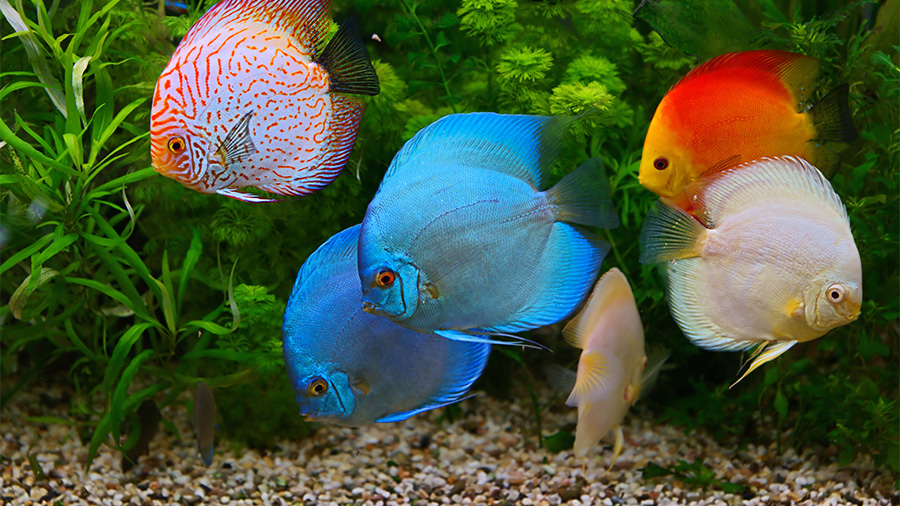Intervertebral disc disease may happen at any time
The backbone, or spine, is a complex and amazing structure that is literally central to the well-being and function of vertebrate animals. Made up of a series of squat round bones called vertebrae, the spine protects the nerves in the spinal cord, which transmit impulses between the brain and the rest of the body. It also supports the weight and movement of the body.
![[Dr. Kari Foss]](https://vetmed.illinois.edu/wp-content/uploads/2021/04/pc-foss.jpg)
The intervertebral disc is often likened to a jelly donut. It has an outer part, called the annulus fibrosus, made up of strong fibers that connect the vertebrae, and an inner part, called the nucleus pulposus, which is gel-filled and acts as a shock absorber. These structures can undergo changes that will cause intervertebral disc disease.
Types of Intervertebral Disc Disease
“There are two types of intervertebral disc disease,” explains Dr. Foss. “Type I is characterized by the extrusion of the disc. Dogs that have a long back and short legs are more at risk for this type of IVDD.
“Type II, which is characterized by the protrusion of the disc, is more common in larger breeds of dogs. However, both types of IVDD result in the compression of the spinal cord and can occur in any dog.”
Type I IVDD is very common, especially among dachshunds, French bulldogs, beagles, and Shih Tzus.
“Type I IVDD occurs when the jelly-like nucleus of the disc extrudes through the fibrous outer layer of the disc and presses on the spinal cord,” says Dr. Foss. “Over time, the nucleus degenerates and hardens. As a result, it can no longer function as a shock absorber.”
In Type II IVDD, the fibrous outer layer starts to break down. Both the outer and inner parts of the disc bulge out and compress the spinal cord.
Diagnosis
Pets with intervertebral disc disease may show a wide variety of clinical signs.
“Pets may present with just neck or back pain, or the signs may be as severe as the pet becoming unable to walk to even losing feeling in its legs,” says Dr. Foss. “The signs vary based on which disc along the spine is affected and the severity of the spinal cord injury.”
No matter the severity of the signs, the diagnostic process will be the same: The first step is a neurologic examination by a veterinarian. Your veterinarian may perform a radiograph (x-ray) of the spine to look for other causes such as a disc infection or bony tumors. However, according to Dr. Foss, radiographs confirm IVDD only 60 percent of the time. Therefore, the preferred imaging techniques for this disease are magnetic resonance imaging (MRI) or computed tomography (CT).
Treatment
Treatment for IVDD depends on the severity of disease. “We can offer medical management or surgery if necessary in these patients,” says Dr. Foss.
Medical management consists of very strict movement restrictions for four weeks, combined with medication and is often recommended for dogs with a first episode of back pain or mild signs. “Basically the patient is on full cage rest, and only taken outside, on a leash, for elimination purposes,” she explains. Oral anti-inflammatory medications are prescribed for pain control. (Patients that become stressed by being confined to a cage may also need anti-anxiety medications.) The goal of the activity restriction is to allow the intervertebral disc time to heal.
Surgical treatment is usually recommended only for patients that are unable to walk, or in dogs with recurrent or persistent back pain. Surgery consists of decompressing the spinal cord by removing the herniated disc material. After surgery, the patient must be confined to cage rest for four to six weeks to prevent additional injury.
Prognosis
According to Dr. Foss, “The prognosis for dogs with IVDD depends on several factors including the severity of the clinical signs, the severity and location of the spinal cord compression, and how quickly the signs came on.” Prognosis is often discussed on a case-by-case basis.
Generally, the prognosis with surgery in dogs is good for those patients that can still feel their feet; many have an excellent chance to return to walking. Dogs that are managed medically vary with their recovery; if they have minimal to no neurologic deficits and well-controlled pain, they have a fair to good prognosis with medical management.
Dogs that become paralyzed and have also lost pain sensation (ability to feel their feet) are considered an emergency, and the chances for the ability to walk again are very low, even with surgery.
Prevention?
Unfortunately, intervertebral disc disease can happen at any time and may or may not be related to activity such as running or jumping.
“Disc degeneration is an age-related process, but Type I disc disease can start as early as two years of age,” says Dr. Foss. “We really can’t prevent degeneration of an intervertebral disc, but we try to discourage pets at risk from jumping on and off furniture and engaging in any other high-impact activities.”
If you are concerned about the health of your pet, see your local veterinarian to discuss treatment plans.
By Hanna Netisingha
Photos by L. Brian Stauffer

![[canine neuro patient at Illinois]](https://vetmed.illinois.edu/wp-content/uploads/2021/04/pc-ivdd-foss.jpg)


